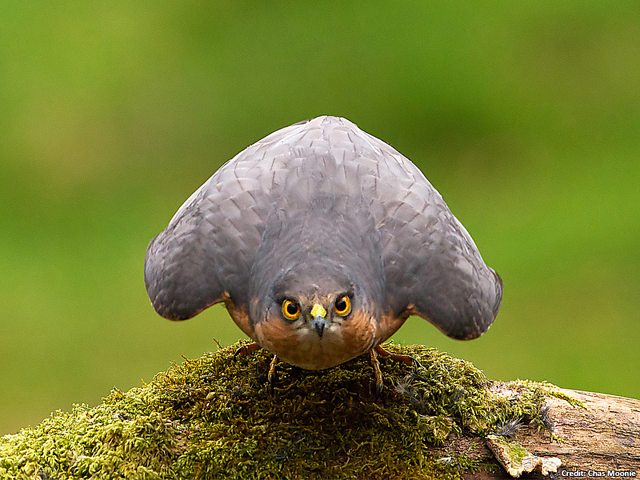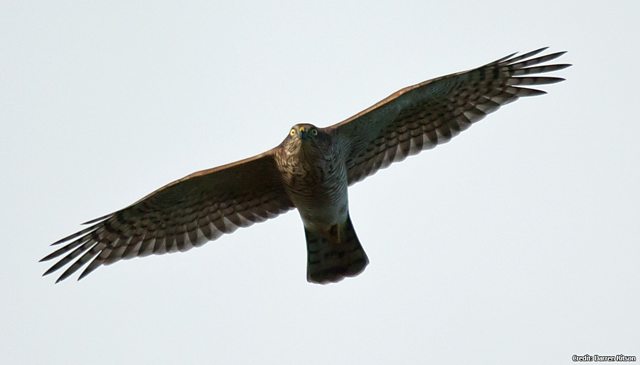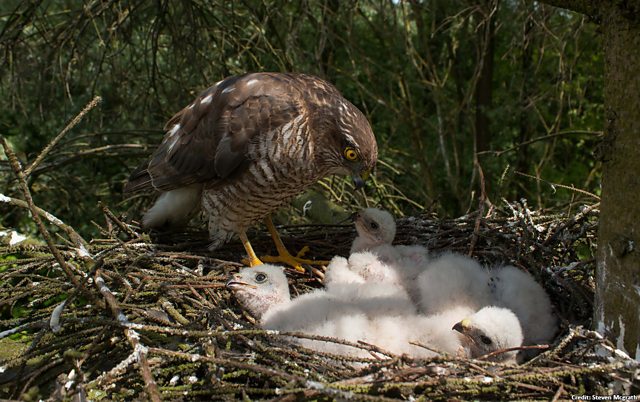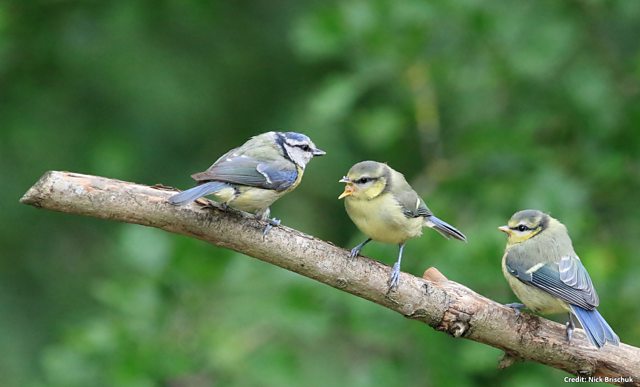Diary of an urban peregrine falcon nest in Chicago – in pictures
| Environment | The Guardian:

Wild peregrines’ nests are usually inaccessible or the birds not human tolerant. These rare images show the nesting cycle of wild peregrine falcons, with the Chicago skyline as a stunning backdrop
Photograph: Luke Massey/www.lmasseyimages.com


13/05/2015: Peregrines are adapting to breeding in cities around the world. The tall office blocks and apartments are seen by them as pseudo cliffs

20/05/2015: Peregrines are the fastest birds on Earth, and have been recorded diving at speeds of over 200mph. They prey upon birds, from small ducks and pigeons to blackbirds and swifts
Photograph: Luke Massey/www.lmasseyimages.com

11/06/2015 A peregrine falcon nest diary in Chicago: from brooding to hatching and now fledging.

14/06/2015: This chick has been banded, so that volunteers and scientists can monitor population recovery and location

11/06/2015: The Chicago peregrine programme began in 1985 as a cooperative effort to help re-establish peregrines in the Midwest. An estimated 400-500 pairs of peregrines once nested in the Midwest and eastern United States, but by the 1960s, the species had been wiped out regionally
Photograph: Luke Massey/www.lmasseyimages.com

Photograph: Luke Massey/www.lmasseyimages.com
09/06/2015: One chick (from another nest) was once recovered in Ecuador after fledging in Chicago!
Photograph: Luke Massey/www.lmasseyimages.com
See More:
http://www.theguardian.com/environment/gallery/2015/aug/10/diary-of-urban-peregrine-falcon-nest-chicago-in-pictures
Diary of an urban peregrine falcon nest in Chicago – in pictures | Environment | The Guardian:
Source:
http://www.theguardian.com/environment/gallery/2015/aug/10/diary-of-urban-peregrine-falcon-nest-chicago-in-pictures
'via Blog this'




